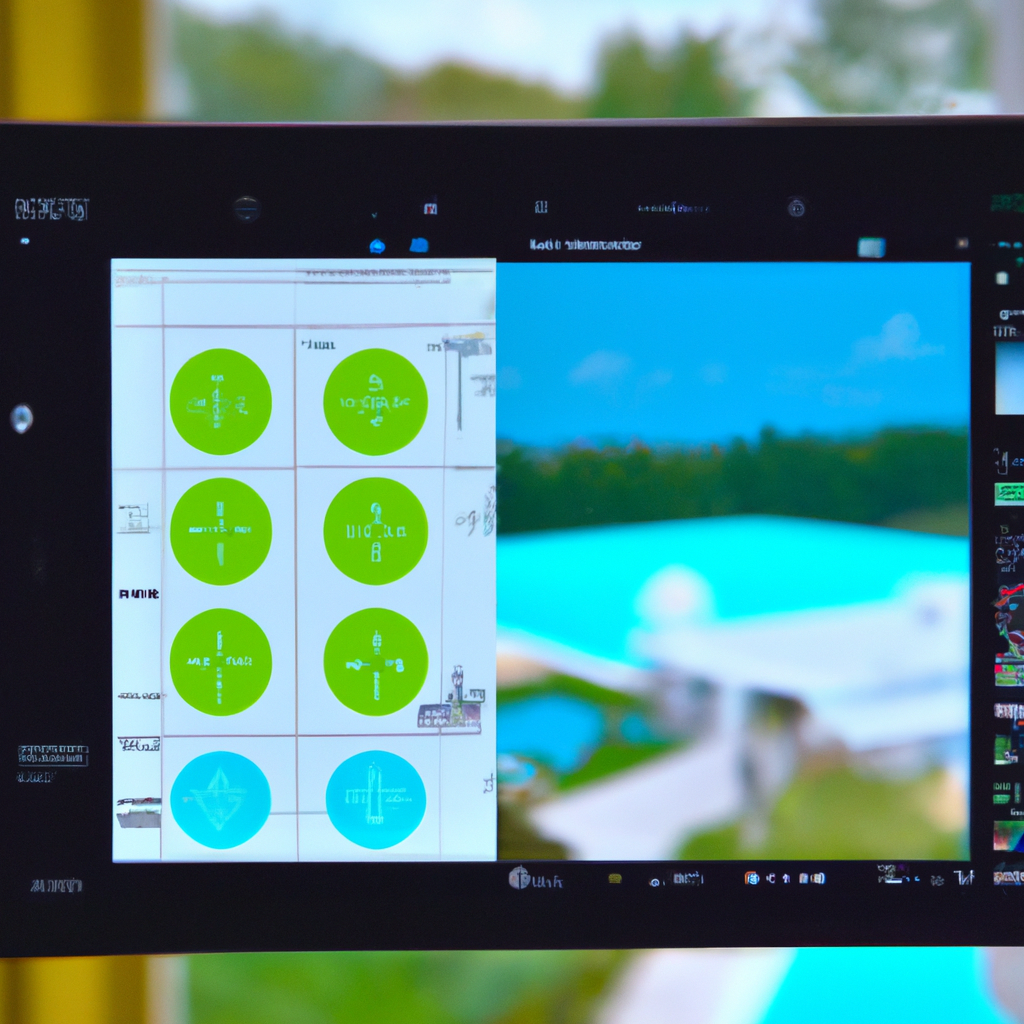Augmented reality (AR) technology is rapidly gaining popularity in various industries, including education. AR involves overlaying digital information on the physical world, creating an immersive and interactive experience. In education, AR is transforming the way students learn, making it more engaging and effective. This article will explore the role of augmented reality in education, its benefits, and how it is changing the face of the classroom.
What is Augmented Reality?

Augmented reality is a technology that overlays digital information on the real-world environment. It adds virtual elements to the physical world, creating an interactive and immersive experience. AR technology involves the use of mobile devices, such as smartphones and tablets, or specialized AR glasses. AR applications can recognize and track objects in the real world, enabling the virtual content to appear as if it’s part of the physical world.
The Role of Augmented Reality in Education
Augmented reality is transforming the way we learn, making it more engaging, interactive, and immersive. In education, AR technology provides an opportunity to create a more dynamic learning experience, where students can interact with digital content in the real world. Augmented reality in education offers the following benefits:
1. Enhanced Student Engagement
Augmented reality makes learning more engaging and interactive. With AR technology, students can interact with digital content in a real-world environment, making learning more fun and exciting. AR technology can also provide personalized learning experiences, where students can learn at their own pace and level.
2. Improved Learning Outcomes
AR technology can help students understand complex concepts and ideas. With the ability to interact with digital content in the real world, students can visualize abstract concepts and theories, making them easier to understand. AR technology can also provide instant feedback, helping students to identify areas where they need to improve.
3. 21st Century Learning
AR technology is a perfect fit for 21st century learning. It promotes critical thinking, creativity, and collaboration. Students can work together in groups, using AR technology to solve real-world problems. AR technology can also help students develop digital literacy skills, which are essential in today’s digital age.
4. Immersive Learning Experience
AR technology creates an immersive learning experience, where students can explore and interact with digital content in a real-world environment. This type of learning is more memorable and impactful, as students can connect with the content on a deeper level.
Examples of Augmented Reality in Education
There are many examples of augmented reality in education. Here are a few:
1. Virtual Field Trips
AR technology can take students on virtual field trips to explore different parts of the world. Students can visit historical sites, museums, and other places of interest, without leaving the classroom.
2. Anatomy Lessons
AR technology can provide a 3D visualization of the human body, making it easier for students to learn about anatomy and physiology. Students can interact with the virtual models, explore different parts of the body, and visualize how different systems work together.
3. Language Learning
AR technology can provide an immersive language learning experience. Students can interact with virtual objects, practice speaking and listening skills, and learn about different cultures.
Conclusion
Augmented reality technology is transforming the way we learn. In education, AR technology provides an opportunity to create a more dynamic, immersive, and interactive learning experience. It enhances student engagement, improves learning outcomes, promotes 21st century learning, and creates an immersive learning experience. With the continued growth of AR technology, we can expect to see more innovative ways of using AR in education in the future.






